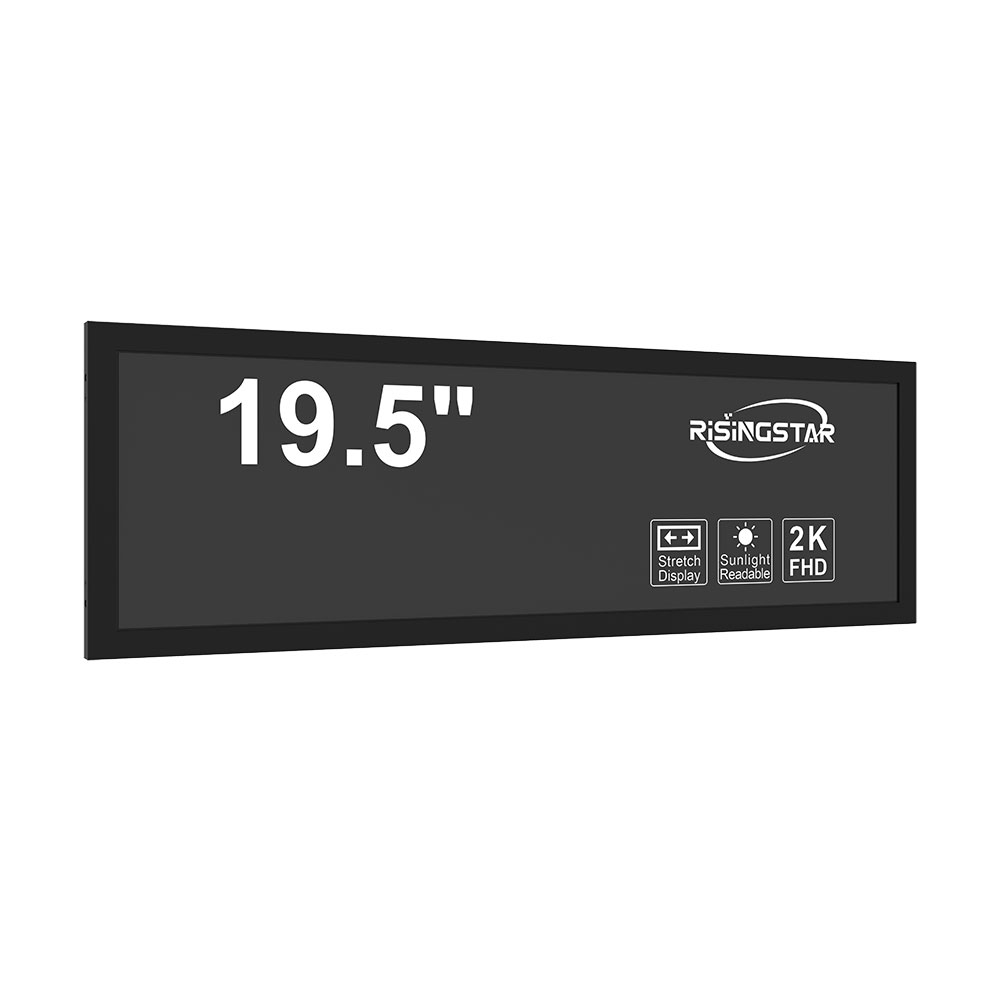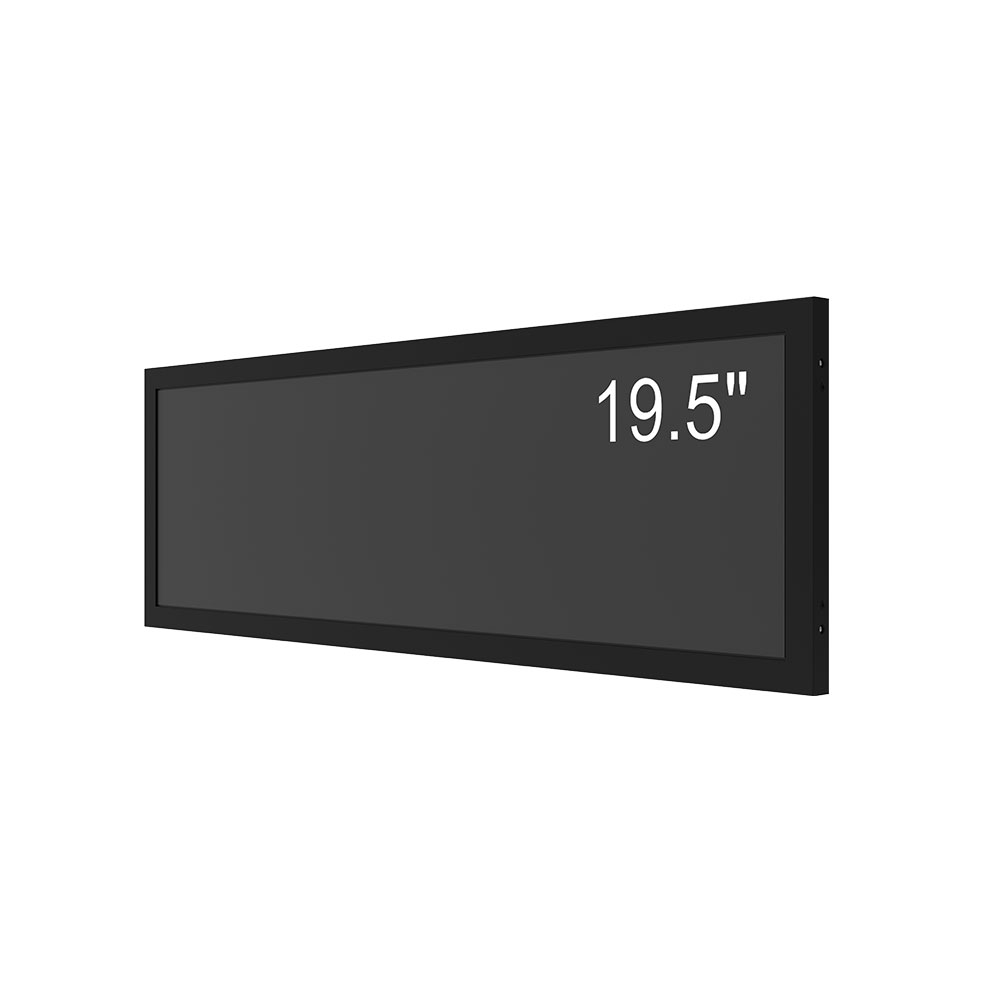
Privacy statement: Your privacy is very important to Us. Our company promises not to disclose your personal information to any external company without your explicit permission.
A TFT display, or Thin-Film Transistor Liquid Crystal Display, is a type of active-matrix LCD technology widely used in modern electronic devices such as smartphones, tablets, monitors, and industrial equipment. Unlike passive-matrix LCDs, which suffer from slow response times and poor image quality, TFT displays use individual transistors for each pixel—allowing precise control over brightness, contrast, and color accuracy. This structure ensures faster refresh rates, sharper images, and better viewing angles, making TFT the standard in high-performance visual interfaces.
The core principle of a TFT display involves an array of thin-film transistors (typically made from amorphous silicon or low-temperature polysilicon) arranged in a grid behind a layer of liquid crystal material. When voltage is applied to a specific transistor, it activates its corresponding pixel by controlling how much light passes through the liquid crystal layer. This method enables dynamic adjustment of each pixel’s state, resulting in vivid colors, smooth motion, and excellent scalability across various screen sizes—from small wearable screens to large outdoor digital signage panels.

TFT displays are commonly categorized into several types based on their driving method: STN (Super Twisted Nematic), DSTN (Dual Super Twisted Nematic), and more advanced forms like IPS (In-Plane Switching) and VA (Vertical Alignment). Among these, IPS TFT panels are especially popular in professional-grade monitors due to superior color reproduction and wide viewing angles, while VA panels offer deeper blacks and higher contrast ratios, ideal for media consumption. In industrial applications, ruggedized TFT displays with enhanced brightness (>5000 nits) and IP65+ ratings are deployed in harsh environments like construction sites, military vehicles, and outdoor kiosks—where visibility under direct sunlight is critical.

According to industry standards such as IEC 60068 and MIL-STD-810G, outdoor TFT displays must withstand extreme temperatures (-30°C to +70°C), humidity, dust, and mechanical shock. Manufacturers often integrate features like anti-glare coatings, LED backlighting with automatic brightness adjustment, and wide operating temperature ranges to ensure reliability. For example, a recent case study by Samsung Display showed that their 15-inch industrial TFT monitor maintained 95% operational integrity after 10,000 hours of continuous exposure to 60°C ambient conditions—a testament to the robustness of modern TFT design.
Beyond consumer electronics, TFT technology plays a crucial role in medical imaging, automotive dashboards, and smart city infrastructure. Its versatility, cost-efficiency, and adaptability make it a preferred choice for both mass-market and specialized applications. As OLED and microLED technologies evolve, TFT remains a reliable, mature solution for many markets—especially where durability, power efficiency, and consistent performance are prioritized over ultra-high resolution.
Email to this supplier

Privacy statement: Your privacy is very important to Us. Our company promises not to disclose your personal information to any external company without your explicit permission.